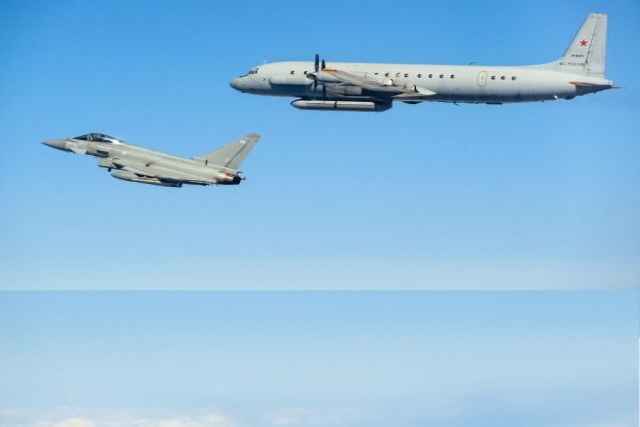DSU Tests New Submarine Rescue System with Chilean Submarine
SAN DIEGO --- The Navy's Deep Submergence Unit tested a new system known as the submarine rescue diving and recompression system (SRDRS) with the Chilean submarine CS Simpson (SS-21) Sept. 17-18.>> The SRDS is designed to be rapidly deployed to any location in the world via air or ground and can be installed on military or commercial vessels when a call for assistance is received. It will replace the de-activated deep submergence rescue vehicle (DSRV) system as the Navy's premier submarine rescue capability.>> "The SRDRS is the U.S. Navy's 21st century submarine rescue system and represents state-of-the-art technology for submarine rescue systems," said Lt. Rich Ray, the former engineering officer of the rescue submarine Mystic (DSRV 1).>> According to Ray, the SRDRS is designed to be mobilized, installed on a transport vehicle, transported to a site and mated to a distressed submarine to begin rescues within a maximum of 72 hours.>> During the exercise, and with operators inside, the pressurized rescue module (PRM) was remotely controlled via a topside control console on board USNS Navajo (T-ATF 169). Next, the PRM descended more than 400 feet to the Chilean submarine CS Simpson (SS-21) and mated with the escape hatch. Once the simulated transfer of personnel was completed, the PRM detached from the submarine and ascended to the surface. The PRM was then recovered from the sea and craned onto a deck cradle installed aboard Navajo.>> Upon recovery, the PRM docked with the submarine decompression system (SDS). Personnel were then transferred to the SDS from the PRM via a pressurized flexible man-way to undergo decompression.










